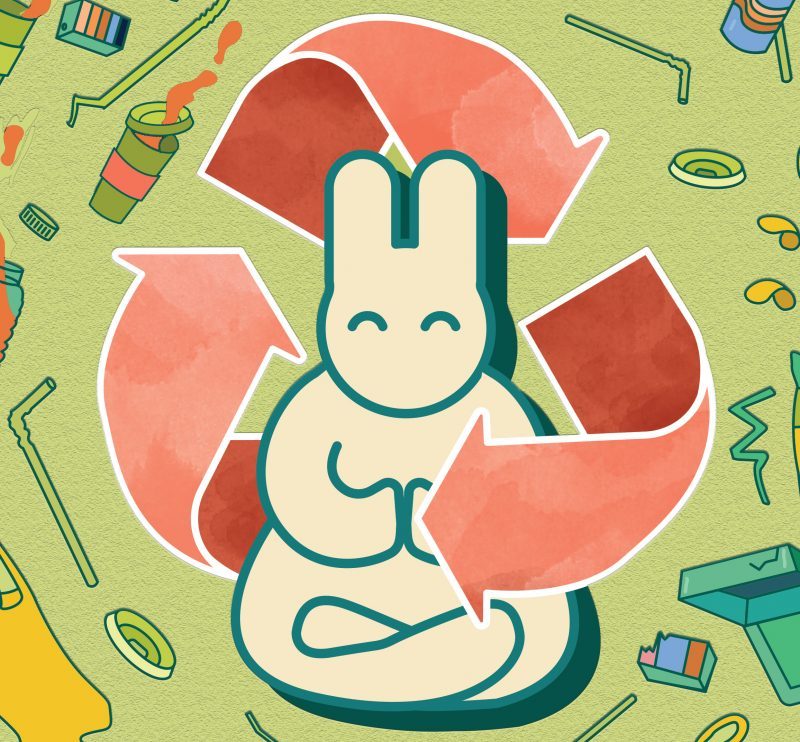I have changed my lifestyle because I feel like no other significant action to fight the climate crisis has been taken, and I don’t want to be held responsible when it becomes impossible for me to take my kids swimming without their skin burning off.
The angst surrounding the climate crisis makes my blood boil. There are some things you can do to reduce your waste and fight the climate crisis on an individual level: change your diet, stop buying single-use plastic, stop using chemical cleaning products.
The simple solution is to buy less. No matter how many people go vegetarian or vegan, not everyone will be convinced to do so, nor should that be the only solution to becoming more sustainable. The same goes for fully zero-waste lifestyles. Avoiding waste is nearly impossible if you are like the average person who has a billion things to do. It is unattainable.
Every morning, I leave my apartment trying to remember if I grabbed my mug—a pasta sauce jar with the sticker still on it that I lugg everywhere I go—an old margarine tupperware for food, and some cutlery I probably stole from my high school cafeteria.
Even when actively trying to avoid single-use plastic, some useless piece of packaging or junk will find its way into my hands––it doesn’t matter if it’s a plastic wrapping on the candy bar I deny I buy myself every day, or a stress ball I’ll never use from a guest lecturer; wasteful objects are everywhere. The key is recognizing them, knowing how to say no, and finding innovative ways to avoid harming the environment that work for your lifestyle.
In order to help the planet, buying new goodies that are pushed onto you through targeted advertising is not the answer. We need to be finding new and innovative ways to lower our waste, and integrating those habits into our lifestyle, one by one.
There are zero-waste/sustainability influencers like YouTubers Sedona Christina and Sarah Hawkinson that you can look to for inspiration to be able to identify what changes you can realistically make to your lifestyle. Cooking and meal prepping are an amazing example: by making your own food, you can avoid the single-use plastic wrap of the sandwich you might normally buy.
Making your own products like face wash and cleaners can help reduce the amount of plastic in your household. I was a sucker for buying every new body product. By making my own skincare products, I was able to cut my budget from $100 every two months to the $15 it initially cost me to buy the ingredients. Green tea, aloe vera, hemp seed oil and castile soap are the only ingredients I used—and my skin has never looked better!
Think “what can I do with this?” rather than “how quickly can I get rid of this?” At the end of the day, there’s only so much that individual change can do. We must hold our government, clothing stores, and even favourite junk food suppliers accountable for their actions. And it’s with collective action that real change will prevail.
Graphic by @sundaeghost
